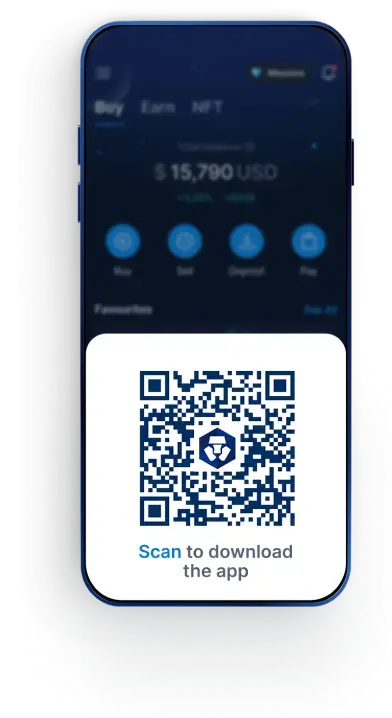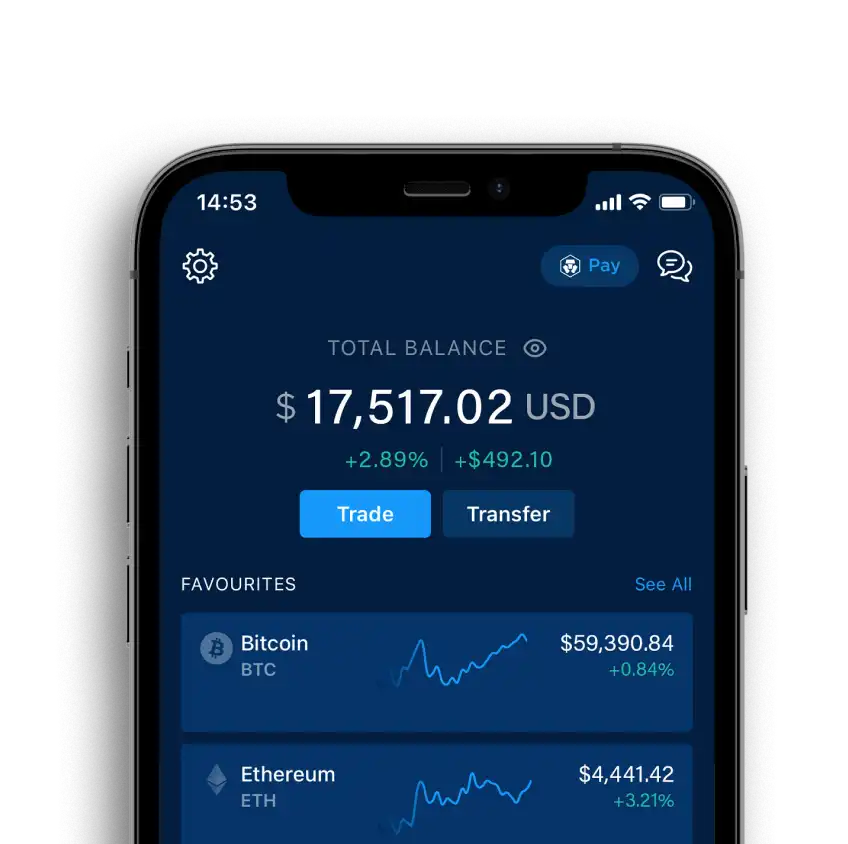
Advanced Order Types
In this article, learn about market and limit orders — including advanced order types like stop-limit and icebergs — plus the importance of liquidity.

Key Takeaways:
- Two major types of orders used by traders are market orders and limit orders.
- Advanced order types include stop orders, stop-limit orders, iceberg orders, and one-cancels-the-other (OCO) orders.
- Liquidity is important because it can affect whether orders get completed and how close the executed price is to the one desired.
- Volume for cryptocurrencies is a key metric to consider when assessing liquidity, as it can indicate how many buyers and sellers are interested in trading a particular token.
Introduction
When a trader wishes to transact on an exchange, there are usually two types of orders they may use: a market order or a limit order. Market orders execute a trade immediately at the market price available at the time. Limit orders allow traders to specify a price at which to transact and do not execute until such price is available.
Trading, however, is not just limited to these two types of orders. In this article, we delve deeper into advanced order types, from stop orders to iceberg orders to measuring liquidity.
Stop Orders
Stop orders execute a market order when the bid or ask price reaches or crosses a certain level. They are useful because they do not show up on the order book and are invisible to other traders, while still allowing them to specify a price. Stop orders are most often used to set stop-losses.
Read more about stop-losses in Stop-Loss and Take-Profit Levels in Crypto Trading.
Use caution when using stop orders, however, especially when the trade quantity is large or if the market is illiquid — stop orders convert into market orders once the price reaches a certain level, so there could be substantial slippage (the risk of the actual executed price being different to the one desired).

Stop-Limit Orders
Stop-limit orders are similar to stop orders, except a limit order is placed when the specified price is reached. This gives traders further control over execution price. Like limit orders, however, there is no guarantee that the order will be filled, especially if the price moves quickly past a trader’s stop-limit price level.

Iceberg Orders
Iceberg orders break down into smaller limit orders, each executing after the prior one has been executed. They are particularly useful when trading large quantities in order to hide the true order size from the market. Some exchanges even allow users to set iceberg orders with random variation in the quantity of each batch and the upper and lower price limits.
Below is an example of an iceberg order to sell 630 BTC over six smaller batches:

All of the above order types give traders the ability to mask their intentions to buy or sell, especially for larger orders, which could encourage other traders to buy or sell knowing there is an outsized order pending in the market.
Another type of useful order is the one-cancels-the-other (or OCO) order, which consists of two stop or limit orders at different prices, where the first order to execute cancels the other. This might be useful if a trader sees resistance and support levels, which are commonly used technical trading indicators informing at what price to buy or sell. When the levels are above and below the current price, the trader would either buy the token if the price breaks out to the upside or sell if the support level is broken. In this case, the trader places an OCO order with a buy stop just above resistance and a sell stop just below support.
Measuring Liquidity
Liquidity is the ease with which market participants can trade with minimal price slippage, given a certain trade size. But how do traders know whether an asset is liquid or illiquid, and how do we measure liquidity? This is important since liquidity can affect whether the order gets completed and the executed price is close to the one desired.
The most commonly used metric is trading volume, which is the quantity of a security transacted over a specific period of time (typically daily). There are other methods, of course, but for now, we focus on volume.
Volume is the most direct way to measure a market’s activity, which acts as a proxy for liquidity. For one, higher trading volume is associated with more traders and a correspondingly greater number of market makers (entities that buy and sell with the aim to provide liquidity). In this way, increased competition amongst market makers generally leads to more competitive prices on the order book, narrowing the bid-ask spread and increasing the capacity of the market to take large transactions. All else remaining equal, higher volume equates to more liquidity and better price discovery (determining the price through the interactions of buyers and sellers).
Volume and Liquidity in Crypto
Like in traditional markets, volume for cryptocurrencies is one of the most important metrics to consider. It indicates how many buyers and sellers are interested in trading a particular token; indirectly, it gives a clue as to how many market makers there are, whether an order might affect the price, and how likely traders will receive a fair price on any given token.
Just as important as token volume is exchange volume. All else being equal, an exchange with more volume is able to execute trades at better prices. The Crypto.com Price page shows volume, as well as other metrics, for a variety of cryptocurrencies.

Conclusion
With this understanding of different order types, and what liquidity is and how to measure it, users can deploy this knowledge into trading. Learn more about advanced orders on the Crypto.com Exchange.
Due Diligence and Do Your Own Research
All examples listed in this article are for informational purposes only. You should not construe any such information or other material as legal, tax, investment, financial, cybersecurity, or other advice. Nothing contained herein shall constitute a solicitation, recommendation, endorsement, or offer by Crypto.com to invest, buy, or sell any coins, tokens, or other crypto assets. Returns on the buying and selling of crypto assets may be subject to tax, including capital gains tax, in your jurisdiction. Any descriptions of Crypto.com products or features are merely for illustrative purposes and do not constitute an endorsement, invitation, or solicitation.
Past performance is not a guarantee or predictor of future performance. The value of crypto assets can increase or decrease, and you could lose all or a substantial amount of your purchase price. When assessing a crypto asset, it’s essential for you to do your research and due diligence to make the best possible judgement, as any purchases shall be your sole responsibility.
Condividi con gli amici
Articoli correlati
Cryptocurrency Trading Pairs: A Beginner’s Guide

Cryptocurrency Trading Pairs: A Beginner’s Guide

Cryptocurrency Trading Pairs: A Beginner’s Guide

What Are Smart Contracts and Why Are They Important for Ethereum?

What Are Smart Contracts and Why Are They Important for Ethereum?

What Are Smart Contracts and Why Are They Important for Ethereum?

Ethereum Wallets: What Are They and Is One Needed?

Ethereum Wallets: What Are They and Is One Needed?

Ethereum Wallets: What Are They and Is One Needed?

Sei pronto per avventurarti nel mondo delle criptovalute?
Ottieni subito la guida per configurare il tuo account Crypto.com
Cliccando sul pulsante Invia, riconosci di aver letto l' Informativa sulla privacy di Crypto.com dove illustriamo come usiamo e proteggiamo i tuoi dati personali.







